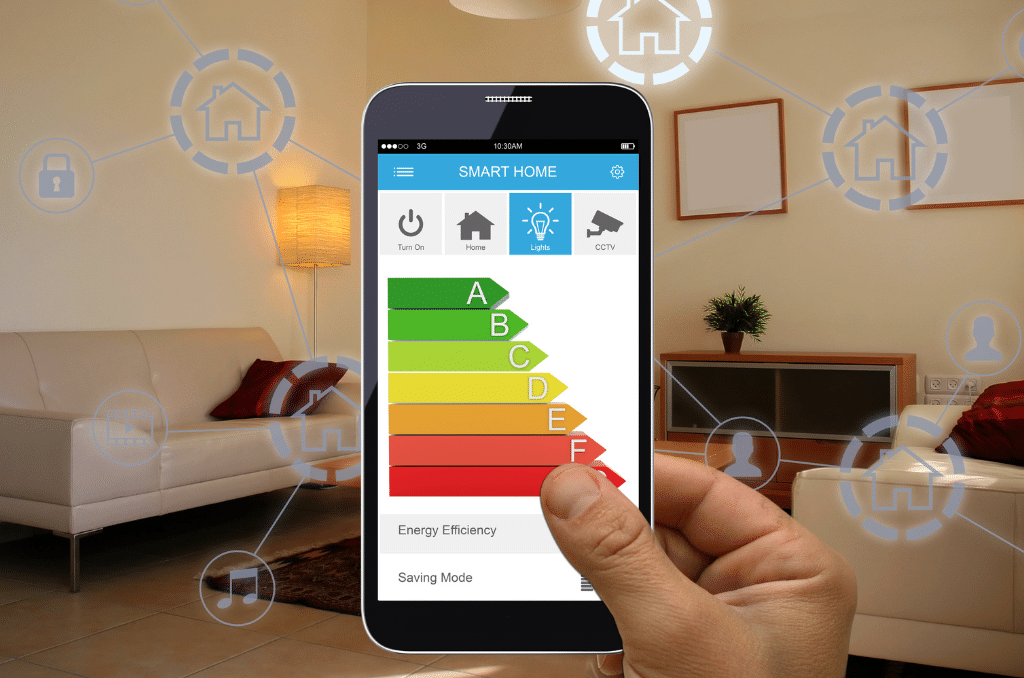In an ever-changing world with growing concerns over environmental sustainability and rising energy costs, the importance of energy-efficient home improvements cannot be overstated. As our planet faces the challenges of climate change, individuals and households have a crucial role to play in reducing their carbon footprint and conserving valuable resources. By embracing energy-efficient practices and making conscious choices, homeowners can not only save money on utility bills but also contribute to a greener and more sustainable future. This introduction explores a range of innovative home improvements and practical tips that promote energy efficiency, offering a win-win solution for both our wallets and the environment. From simple changes to more substantial upgrades, these initiatives empower us to make a positive impact on our planet while enhancing the comfort and value of our homes. Let us embark on this journey towards a more sustainable lifestyle, where each step we take brings us closer to a cleaner, greener, and brighter tomorrow.

Energy-efficient home improvements that can help save money and benefit the environment:
Insulation Upgrades:
Proper insulation is like putting a cozy blanket around your home, preventing heat from escaping during cold weather and keeping it cool during hot weather. When a home lacks sufficient insulation, heating and cooling systems have to work harder to maintain a comfortable indoor temperature, leading to increased energy consumption and higher utility bills. By upgrading and adding insulation to walls, attics, and floors, homeowners can create a more energy-efficient barrier, reducing the need for constant heating and cooling and saving money on energy costs.
Energy-Efficient Windows:
Energy-efficient windows are designed with advanced technologies to minimize heat transfer between the inside and outside of the house. Double or triple-glazed windows with low-emissivity coatings reflect heat back into the house during winter while blocking excessive heat from entering during summer. As a result, the reliance on heating and cooling systems is reduced, leading to energy savings and improved comfort indoors.
Sealing Air Leaks:
Air leaks around doors, windows, vents, and other openings allow heated or cooled air to escape and outdoor air to enter the home. This constant exchange of air can strain heating and cooling systems, increasing energy consumption. By caulking and weatherstripping these areas, homeowners can prevent drafts and maintain a more stable indoor temperature. This not only saves money on energy bills but also enhances the overall comfort of the living space.
Programmable Thermostats:
Programmable thermostats offer a convenient way to optimize heating and cooling schedules based on daily routines. Homeowners can set different temperature settings for various times of the day, such as lowering the heat when no one is home during working hours or cooling the house down at night during sleeping hours. This proactive approach to temperature control reduces energy waste and can lead to noticeable savings on energy bills over time.
Energy-Efficient Appliances:
Traditional appliances can be major energy hogs. ENERGY STAR-rated appliances, on the other hand, meet stringent energy efficiency standards set by the U.S. Environmental Protection Agency (EPA). By replacing old appliances with ENERGY STAR-certified models, homeowners can significantly reduce their electricity consumption without sacrificing performance. These energy-efficient appliances use less electricity, helping both the environment and the wallet.
LED Lighting:
LED (Light Emitting Diode) bulbs are highly energy-efficient and consume significantly less electricity than traditional incandescent bulbs. They also have a much longer lifespan, which means fewer replacements and less waste. Additionally, LED bulbs emit less heat, reducing the load on cooling systems during warm months. Though LED bulbs might have a higher upfront cost, the long-term energy savings make them a worthwhile investment.
Solar Panels:
Solar energy is a renewable and sustainable source of power. By installing solar panels on the roof or in the yard, homeowners can generate their electricity and reduce dependence on grid-supplied electricity, often derived from fossil fuels. Over time, solar panels can pay for themselves through savings on electricity bills. Some regions also offer incentives, tax credits, or net metering programs that allow homeowners to sell excess electricity back to the grid, further maximizing the financial benefits of going solar.
Bottom line:
In conclusion, investing in energy-efficient home improvements is not only a smart financial decision but also a responsible choice for safeguarding our planet. By making conscious efforts to reduce energy consumption, homeowners can significantly lower their utility bills while contributing to global environmental preservation. From simple adjustments like using LED lighting and sealing air leaks to more substantial upgrades such as installing solar panels and energy-efficient appliances, every step taken towards energy efficiency matters. Embracing these changes not only benefits our wallets but also leaves a positive impact on the environment, creating a sustainable and eco-friendly future for generations to come. Let us all join hands in this collective effort to save money and the environment, one energy-efficient improvement at a time.









